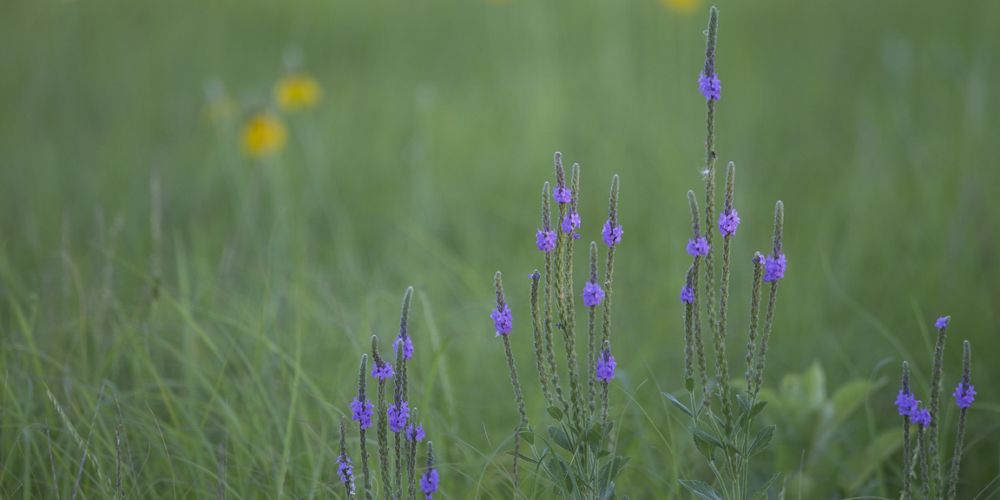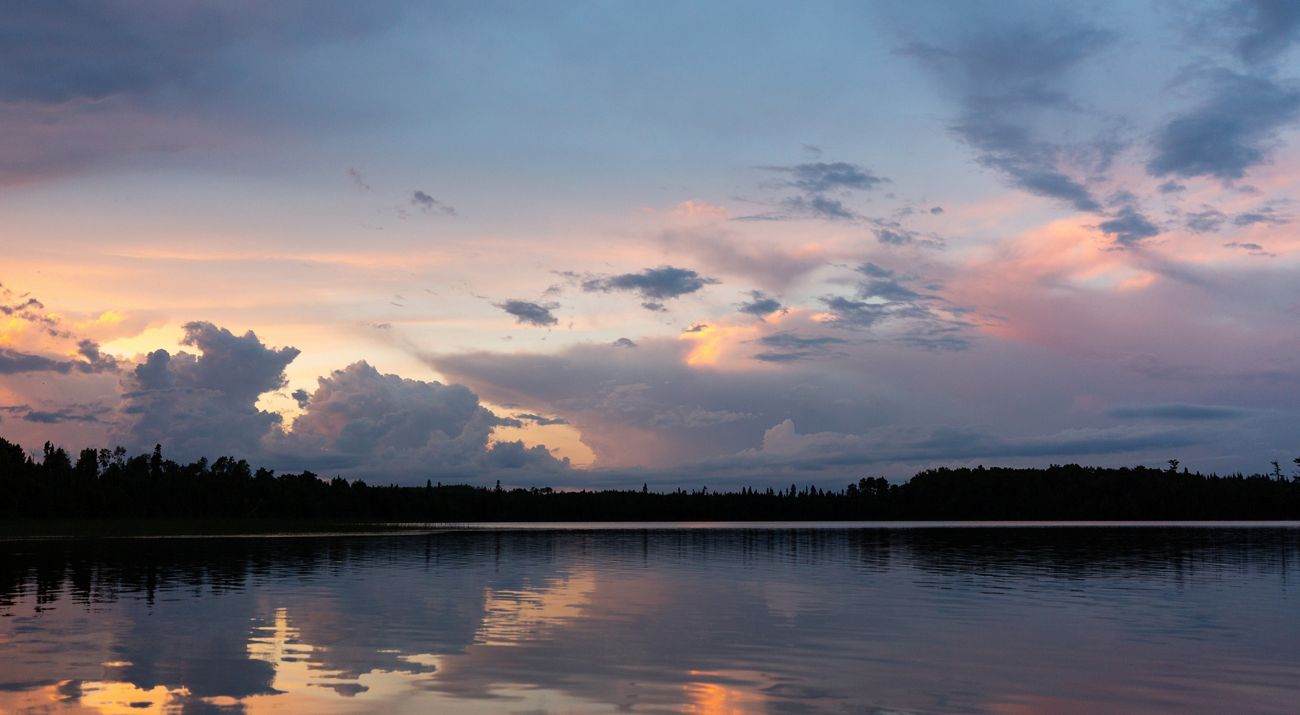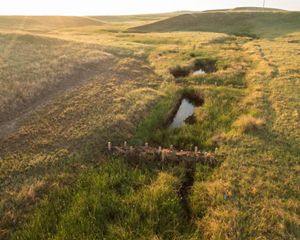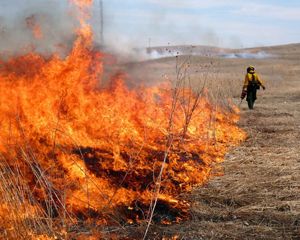Your support makes all the difference
Make a donation or renew your membership today and help protect the nature you love in North Dakota, South Dakota and Minnesota.

Minnesota Wildflowers
Vervain, brown-headed coneflower and echinacea bloom at Plover Prairie in Minnesota.
© 2014 Richard Hamilton Smith
Thank You for Investing in Nature
Download
A year of impact
See what you helped accomplish this year in Minnesota, North Dakota and South Dakota.
DOWNLOADWe are at a serious crossroads for this planet and her many inhabitants. As we face the biggest challenges of our lifetimes, climate change and biodiversity loss, action has never been more important. Every acre we can conserve, every species we can save, every community we can help—it all makes a difference for our shared future. Thank you for joining us in this work and for investing in the lands and waters on which all life depends.
Thank you!
It’s only because of you that these conservation wins are possible. Thank you for supporting our mission with your dollars, your time and your voice. Together we are finding a way toward our vision for the future: a world in which people and nature can thrive.




